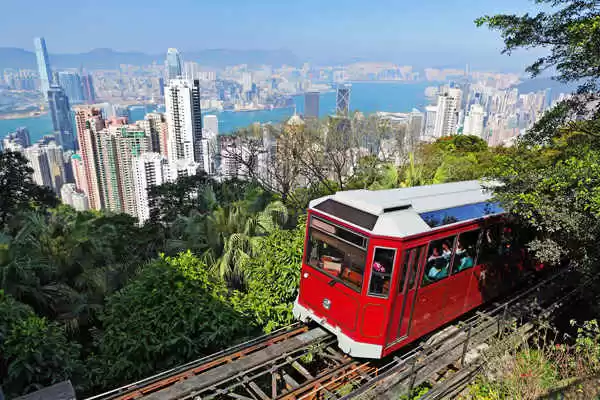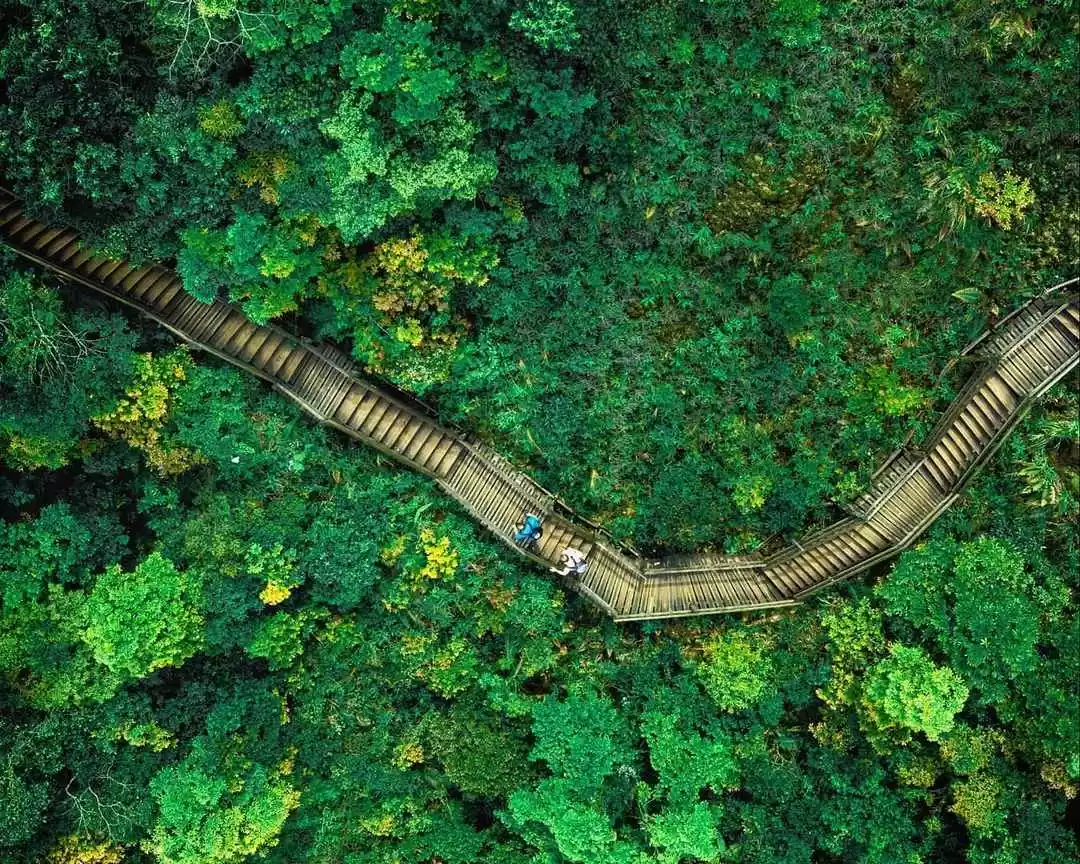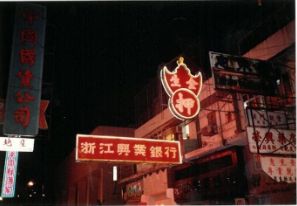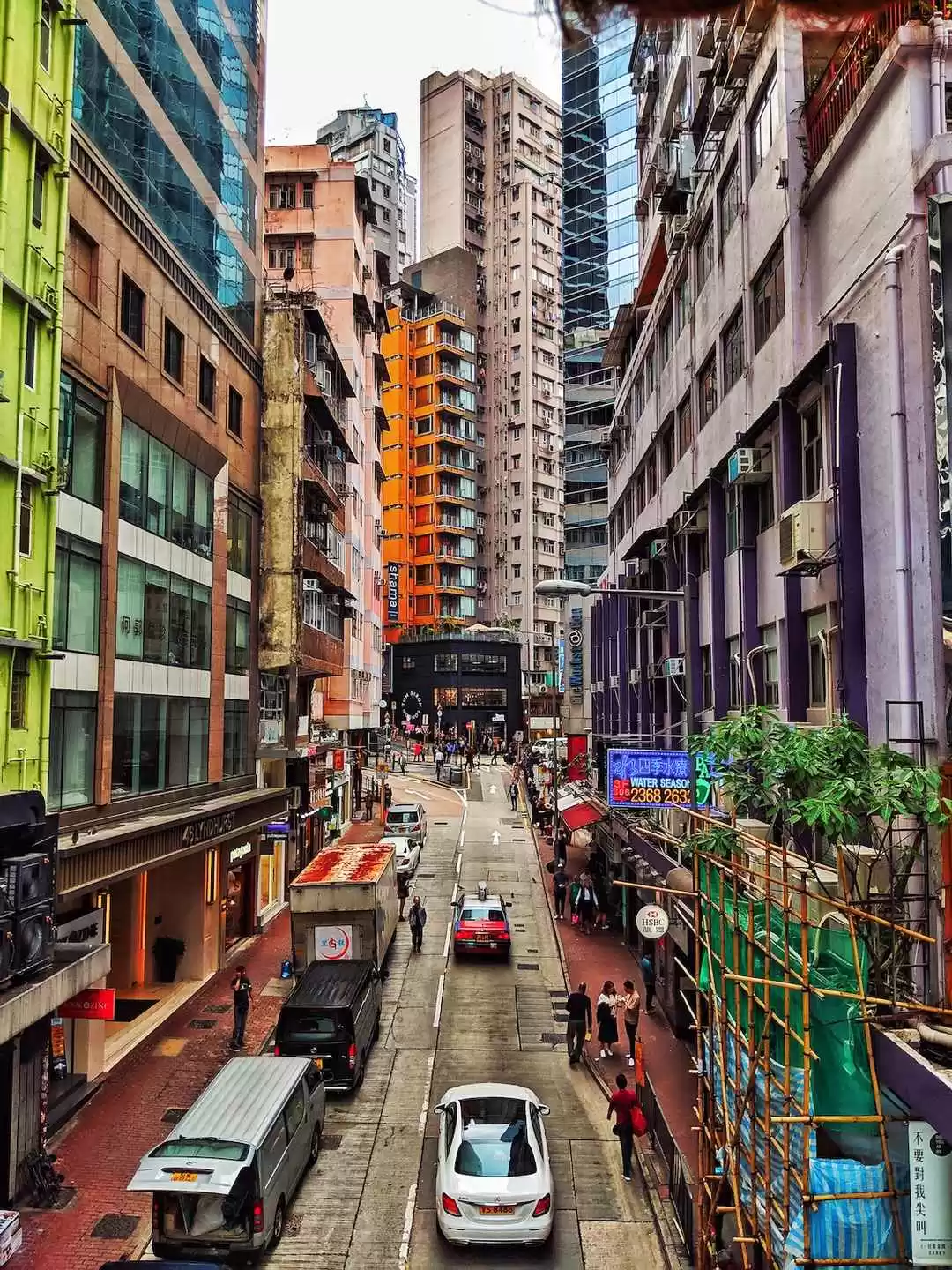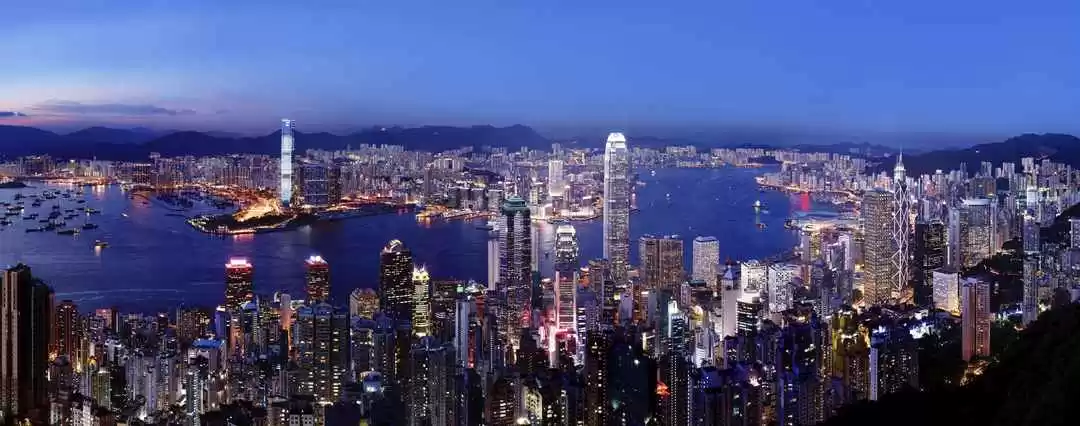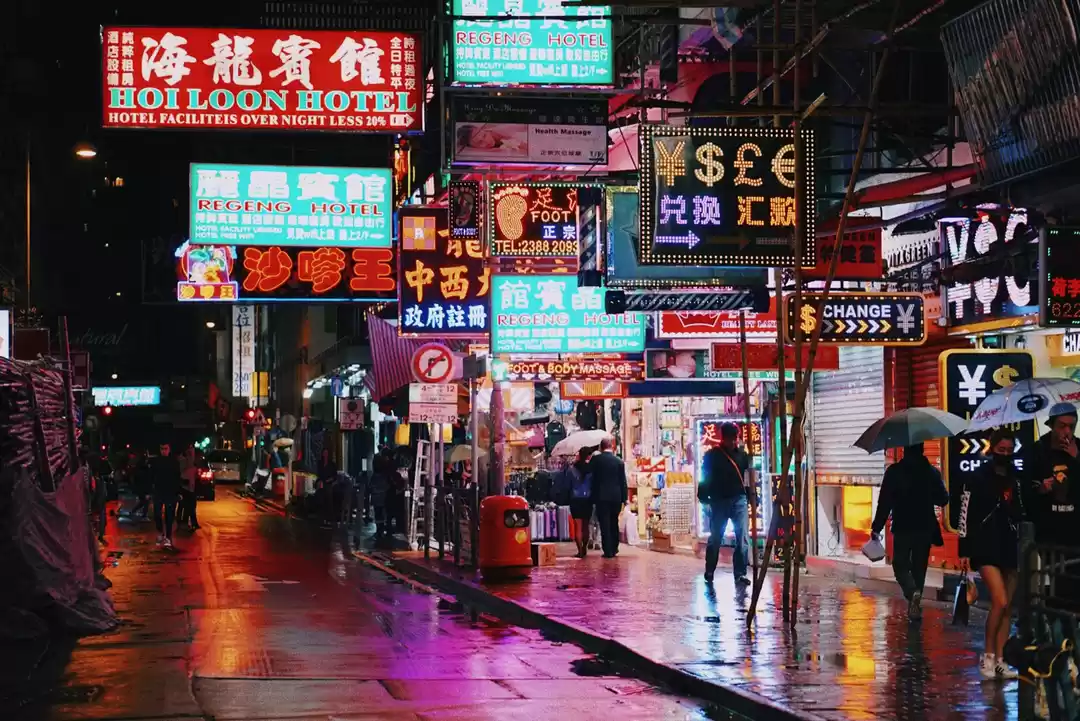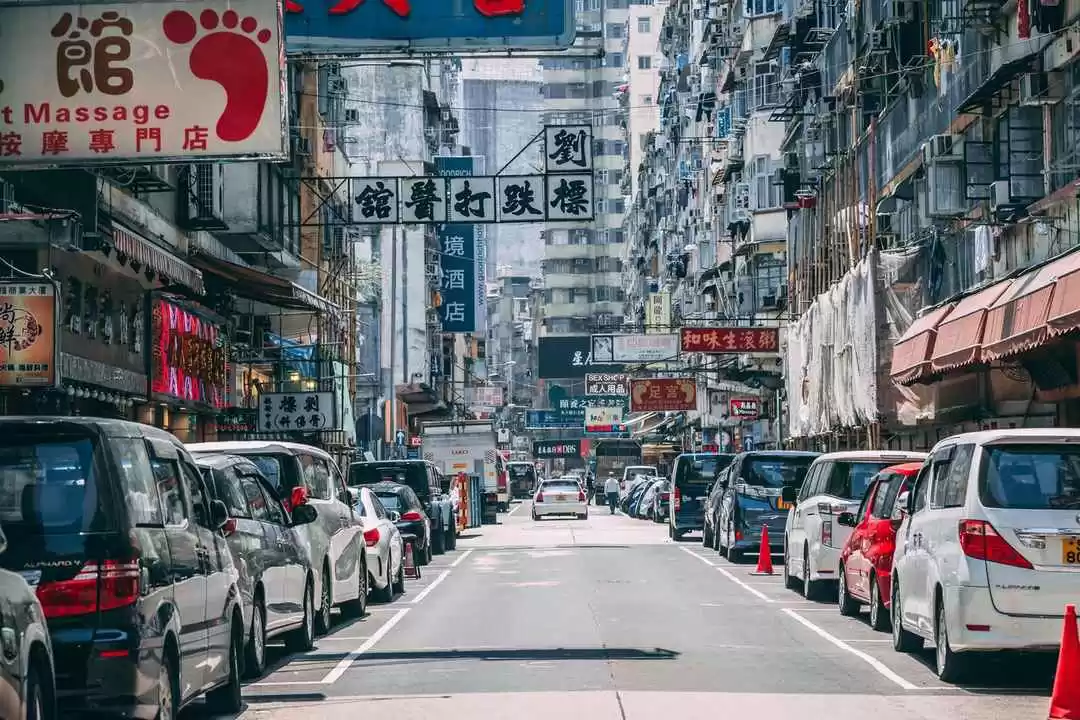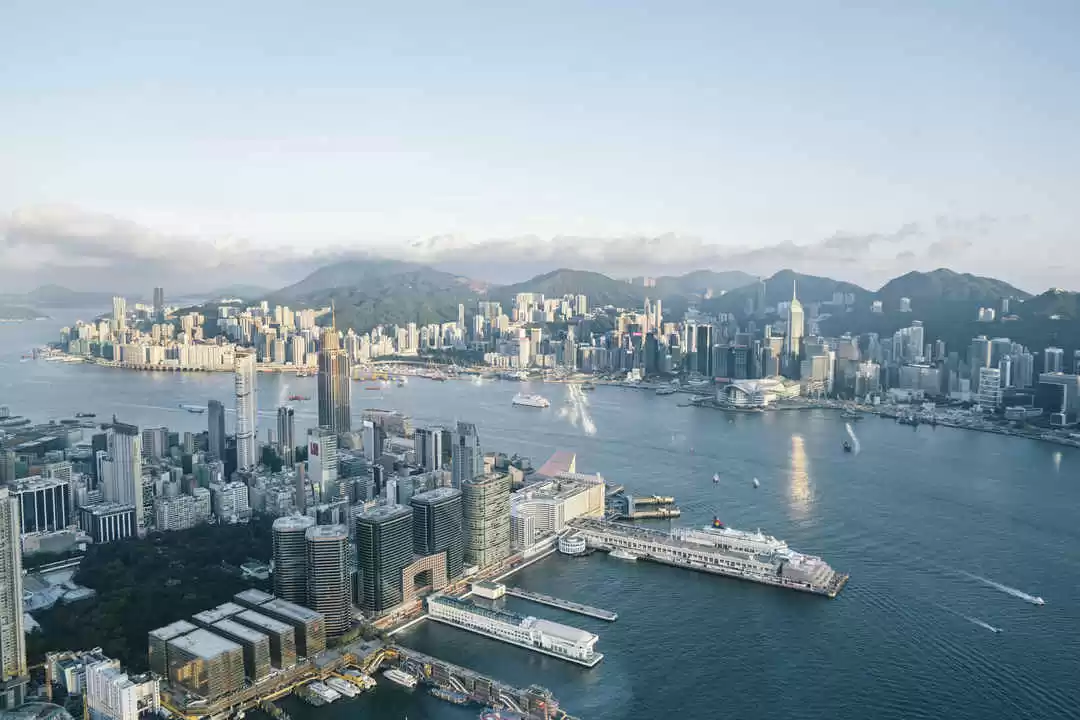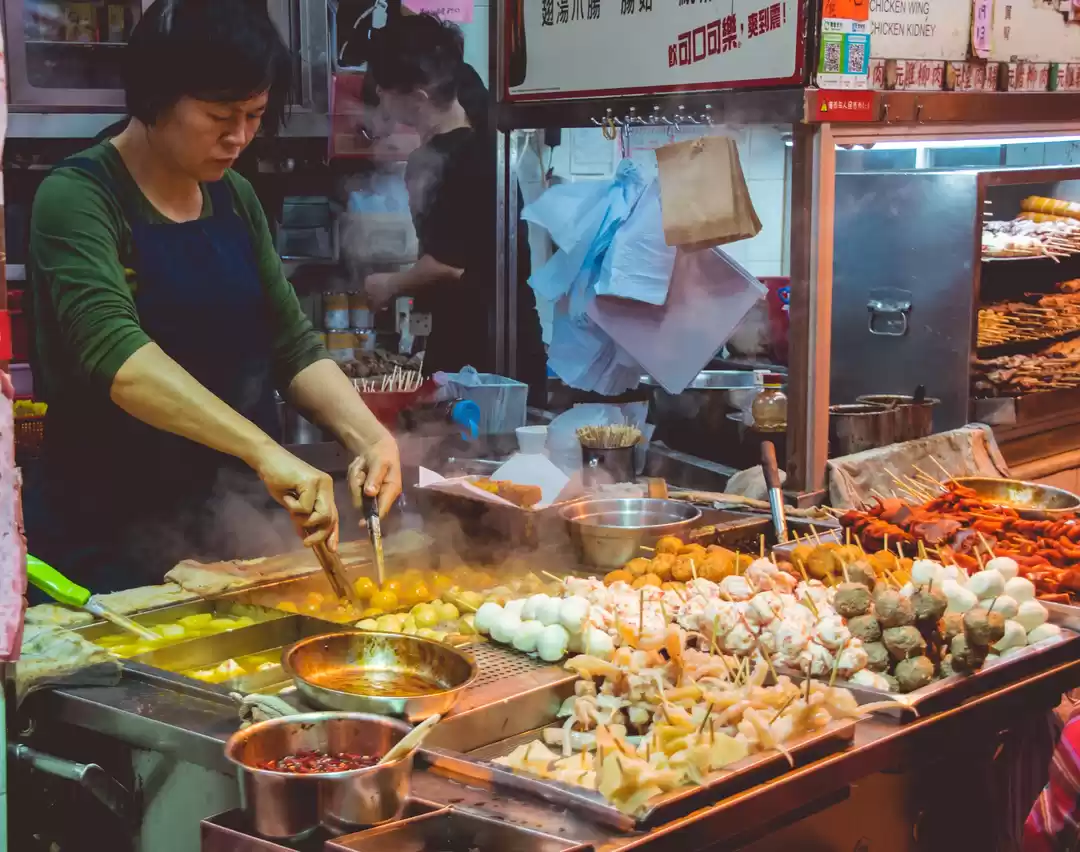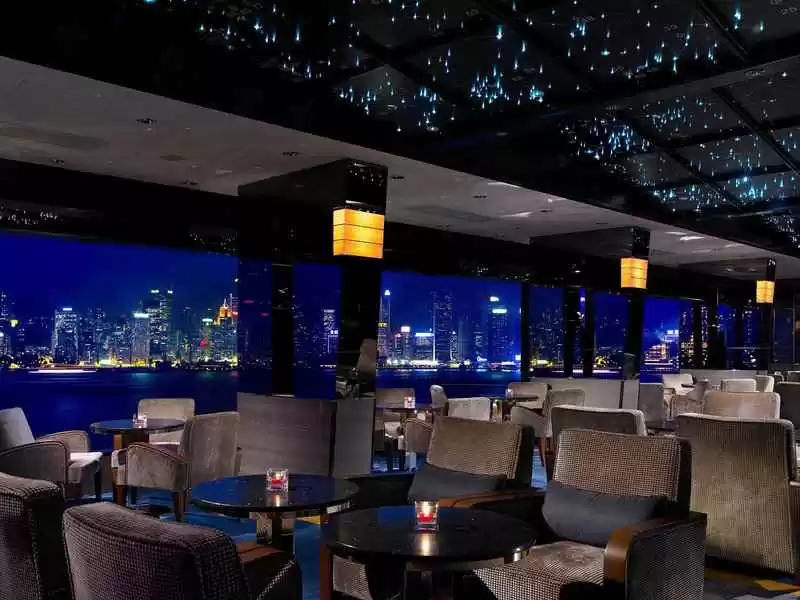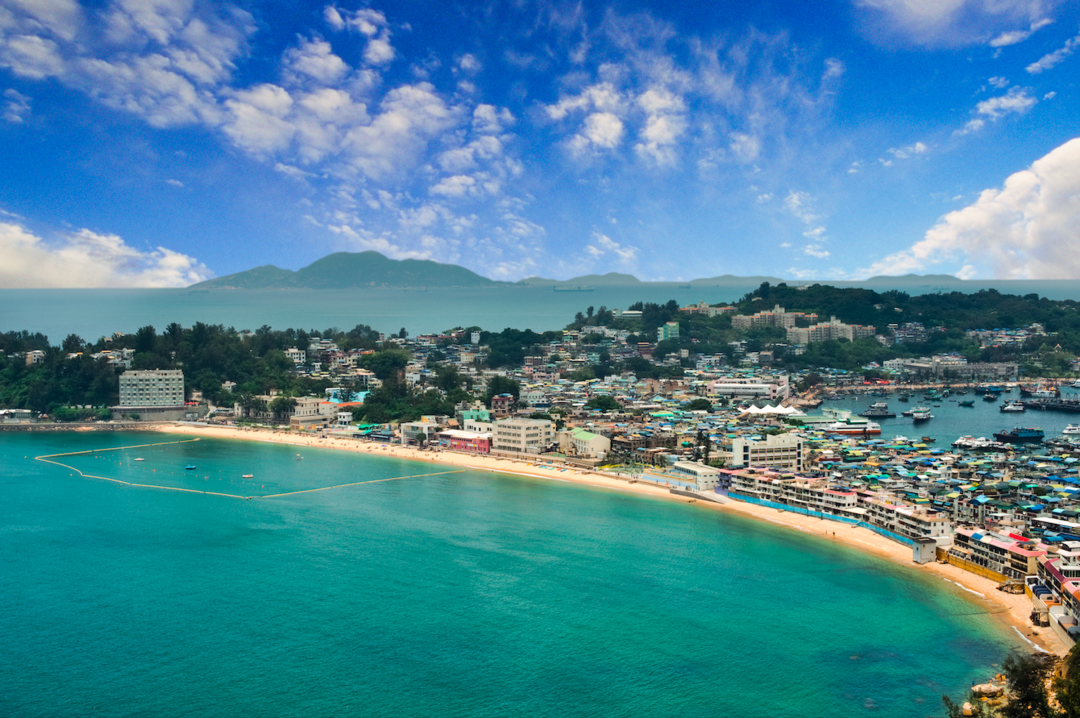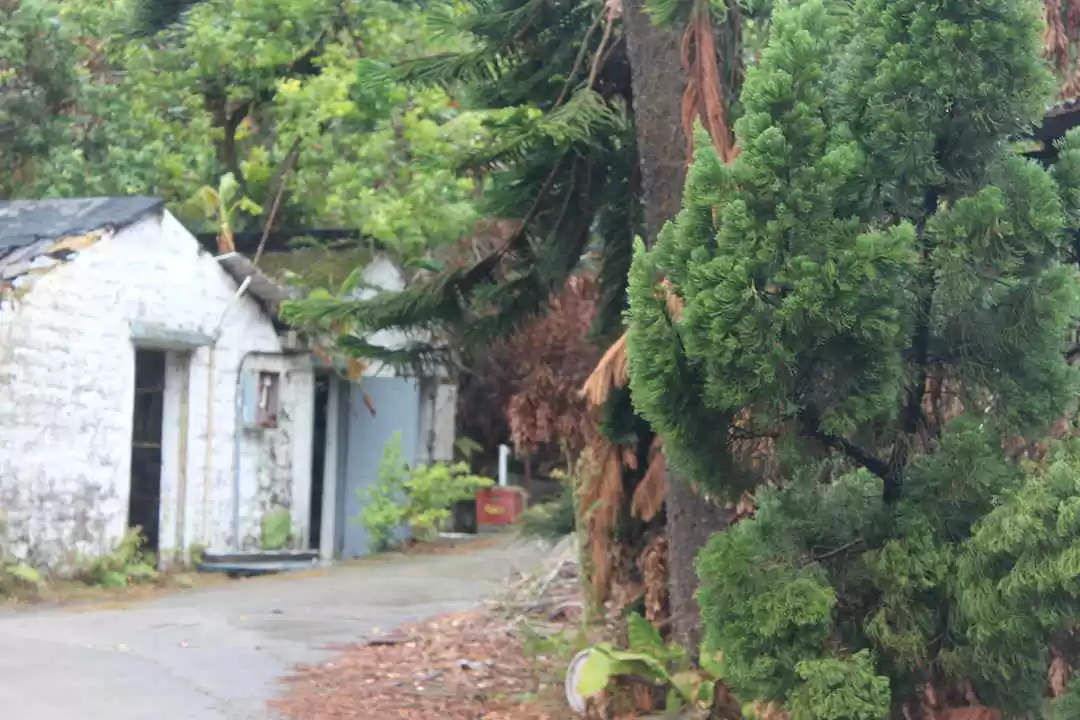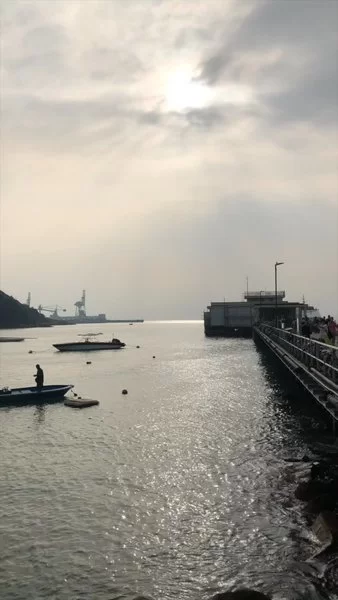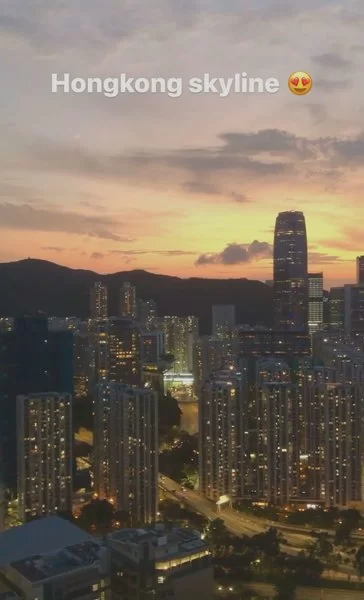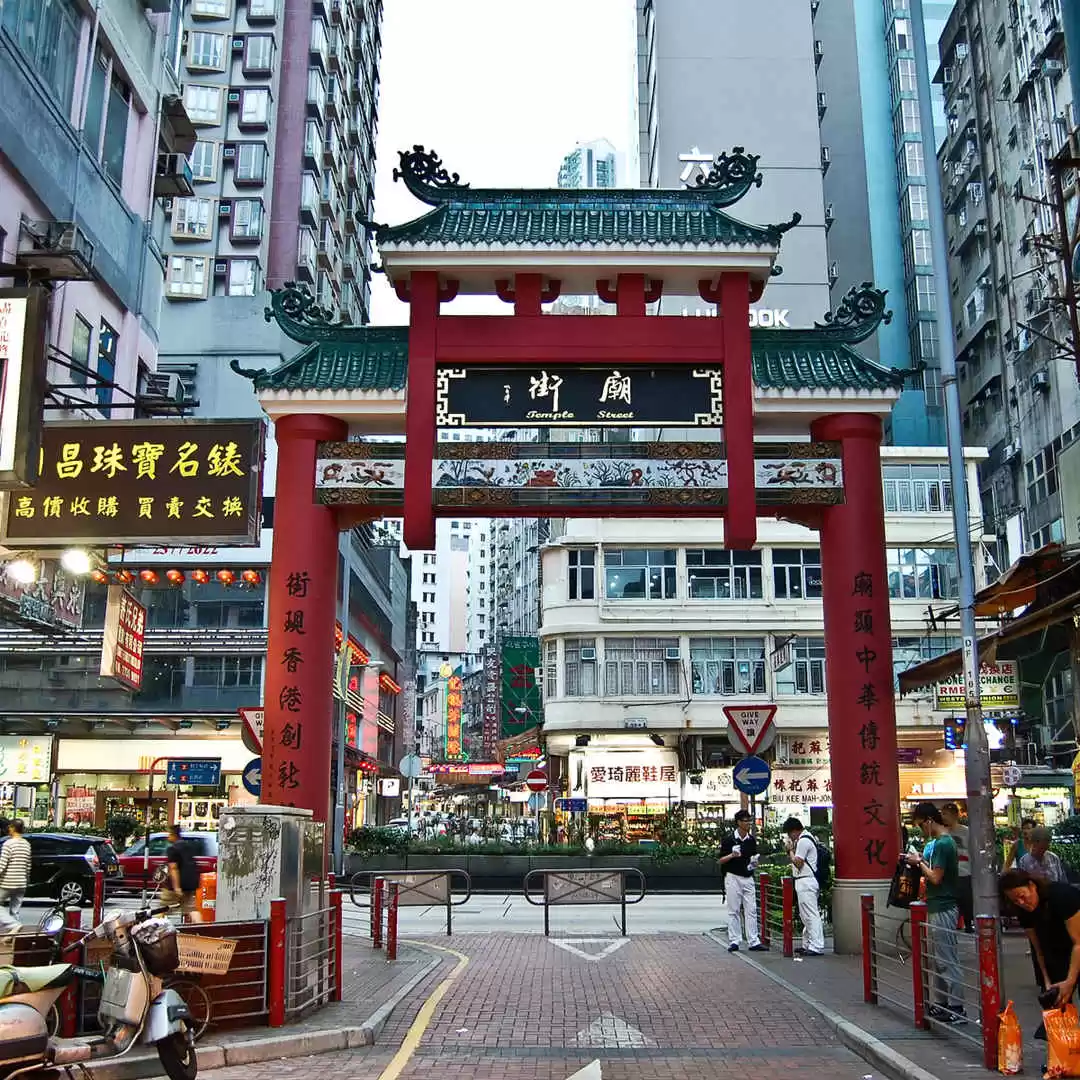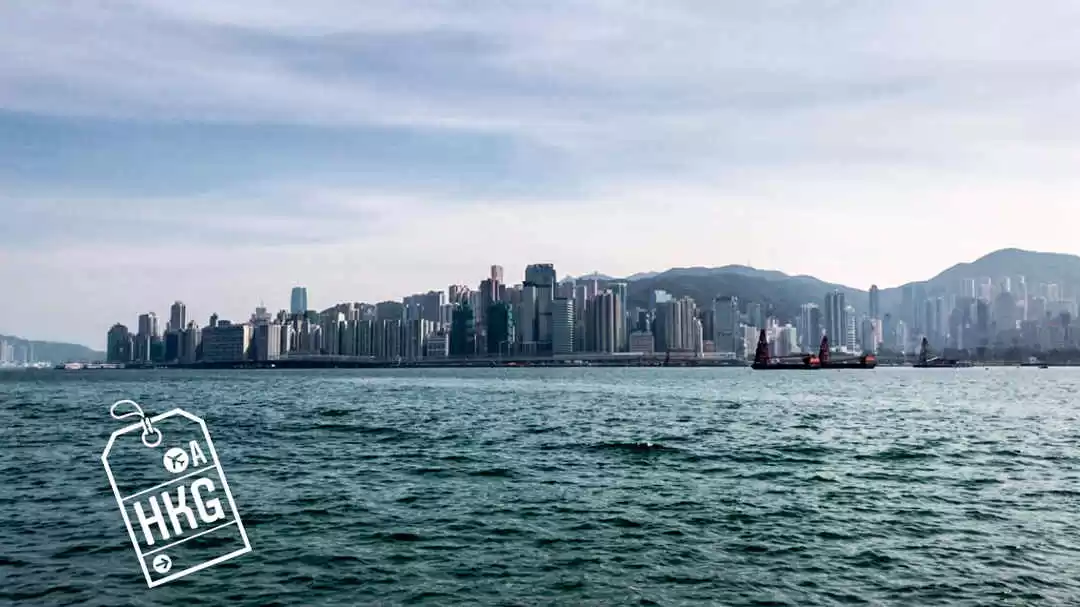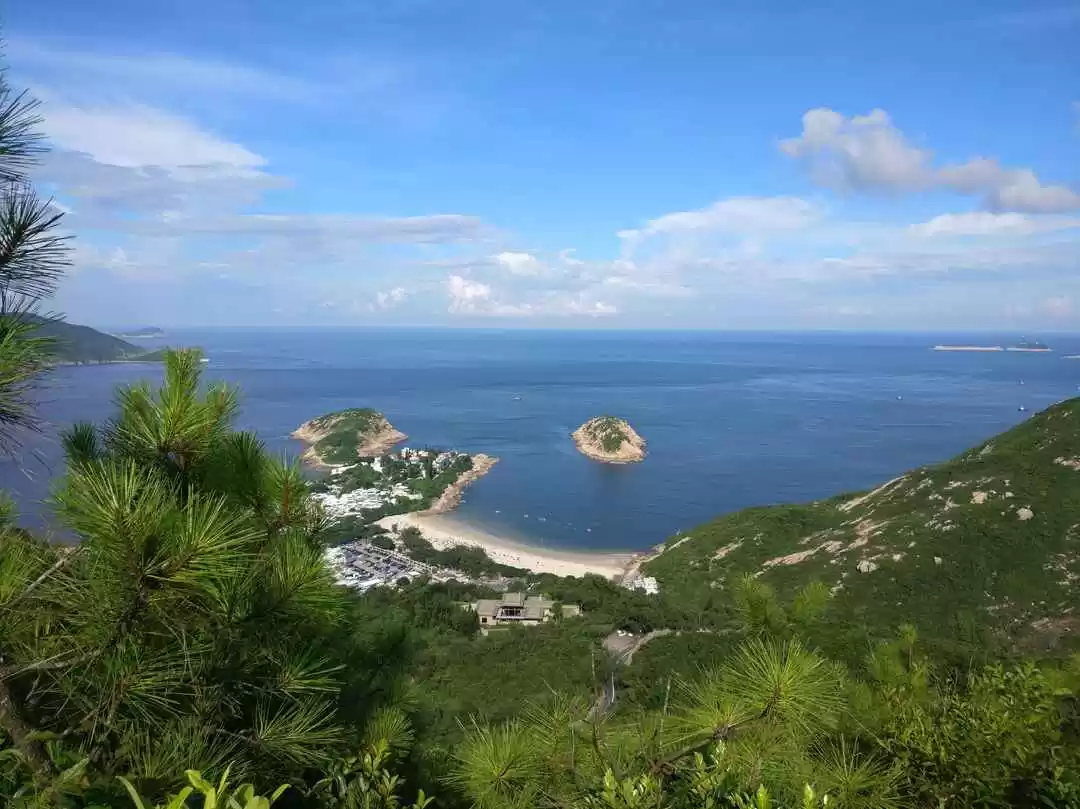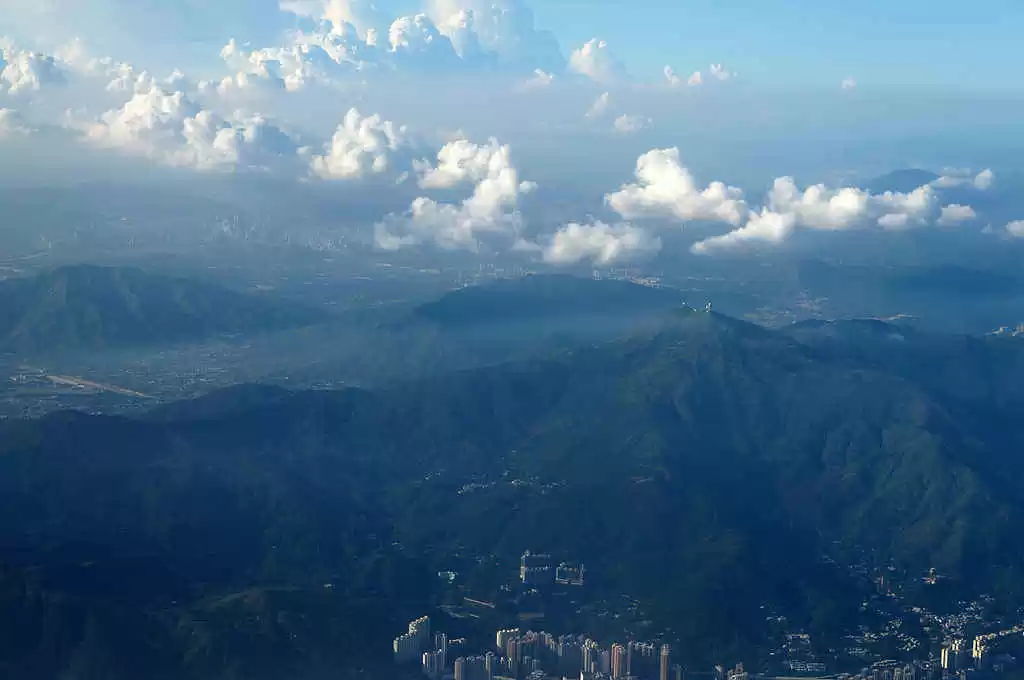Hong Kong Tourism and Travel Guide
All You Need to Know About Hong Kong: Itineraries, Guides, Best Things to Do & More
Where to Eat When in Hong Kong?
When in Hong Kong, Don't Miss These Unique Travel Experiences!
Take a Virtual Hong Kong Tour: In Pictures & Videos
Share Your Hong Kong Travel Stories & Make It To Editor's Picks!
Best Time to Visit Hong Kong
Thanks to its subtropical location, Hong Kong happens to be a year-round destination as witnessed by its burgeoning Hong Kong tourism. Summers are generally hot and humid while winters are cold and dry. Here’s an account of what Hong Kong weather is like during all months of the year for you to plan the perfect Hong Kong trip.
March – April and October – November: These are the best times to visit Hong Kong. March to April is spring time and the best weather to hit the streets of Hong Kong without breaking into a sweat. Spring time in Hong Kong sees cool breezy evenings which is just what you need after a long day of Hong Kong travel on foot. The months of October and November are agreeable too. You’ll see Hong Kong in a different light when it’s sunny with a cool breeze flowing and moderate temperatures on the Celsius scale. Hong Kong tourism sees a lot of travellers pour in to get a taste of Hong Kong’s food, culture and pleasing weather.
May – September: May is typhoon season in Hong Kong. This is not the best time to visit Hong Kong city unless flighty weather is your thing. June to August sees Hong Kong sweltering and sweating to hot, humid weather. Temperatures soar beyond 31°C and the high humidity levels will make you sweat in minutes when you step out. Hong Kong tourism advises against travelling to Hong Kong during these months.
December – February: Temperatures dip well below 10°C during the months of December to February. If you’re someone who loves them some serious shivers, then you should book your tickets for a Hong Kong tour during these months. Keep in mind though that most shops remain closed during Chinese New Year which takes place around mid-January to February. If you want to witness the mirth of the Chinese New Year, which is one of Hong Kong tourism’s many attractions, then do make travel plans around that time.
Visa for Hong Kong
Hong Kong tourism has tried to streamline the process of getting a visa for tourists. Indian nationals need to register and get Pre-arrival Registration done before arriving in Hong Kong. Make sure you complete Pre-Arrival Registration online at the Hong Kong immigration website before touching down in Hong Kong. Pre-arrival Registration is valid for six months or until the expiration of the passport, whichever is earlier. There are no charges for Pre-arrival Registration. Simply get your notification slip that attests your registration. Hong Kong tourism has made notification slips valid for six months. This can be acquired online on iVisa. Hong Kong visa for Indians is not necessary but pre-arrival registration is. Once you’ve got your slip, you can visit Hong Kong numerous times within six months but can only stay for 14 days per entry.
Best Places to Visit in Hong Kong
Judging by the spike in Hong Kong tourism, travellers have only started uncovering the manifold attractions of Hong Kong. With 260 islands and plenty of Hong Kong tourist places to explore, the place is a tourist destination in every sense. We’ve got the perfect list of attractions for you to haunt, so toss your Hong Kong map in your bag, pack some comfy shoes and get going!
Star Ferry
Star Ferries have quite the history behind them, plying as they have been across the glittering Victoria Harbour since way back in 1880. Hong Kong tourism has made traversing through Hong Kong easier for tourists with these ferries which charge a minimal fee. A bonus is the awe-striking views that greet you on these vessels such as the expanse of sparkling water, skylines with skyscrapers and a view of the mountains.
Temple Street Night Market
Night markets tick all the right boxes when it comes to shopping in Hong Kong. As the sun sets, Temple Street market comes alive with stall owners and hawkers displaying their wares under glittering lamps. Night markets in Hong Kong are few and that makes Temple Street a very popular attraction in Hong Kong tourism. Make your way through the market to sample some of their delicious street food and also pick up trinkets and souvenirs for your loved ones back home. Night markets stay active until 11pm everyday so time your outing well.
Location - Temple Street, Jordan, Kowloon, Hong Kong
Victoria Peak
Though this is a little down the list, Victoria Peak is one of Hong Kong tourism’s gems. The highest point on Hong Kong Island, Victoria Peak is renowned for its spellbinding skyline view with twinkling lights in the distance. The cool mountain air caresses your skin as you sit back and stare at the uninterrupted view of Hong Kong sprawled in front of you. If you’re not one for climbing, then take a ride on the historic tram, a journey full of fascinating scenery, all the way up to the top. This one is open until 12am so you can watch the glittering city glow in the dark.
Timings – Open from 7am till 12am
Symphony of Lights
Get yourself a comfy spot at Victoria Harbour by 8pm in the evening to get a good view of the dazzling light show which transforms into a play of light with 40 buildings on either side of the water. Hong Kong Tourism’s Symphony of Lights is held in great esteem as the Guinness World Records have recognised it as the world’s largest permanent light and sound show. The play of light and sound will have you transfixed for a full 10 minutes.
Timings – 8pm to 8:10pm every evening
Location - Tsim Sha Tsui waterfront between the Avenue of Stars and the Hong Kong Cultural Centre
Man Mo Temple
Turn on to Hollywood Road and you’ll come across the Man Mo temple which has held on to Hong Kong’s traditional values since the 1800s. The temple was built to pay homage to the God of Literature (Man Cheong), who stands holding a writing brush, and the God of War (Mo Tai), who sports a sword. The temple houses other gods as well and has a serene and tranquil atmosphere scented with the giant coils of incense hanging overhead. A place of peace and quiet away from the hustle and bustle outside, the temple is full of hopeful students studying hard for their exams.
Location - Man Mo Temple, 124-126 Hollywood Road, Tai Ping Shan, Hong Kong Island, Hong Kong
Ladies Market
A maze of bustling streets with clothes, knick-knacks and hidden eateries, Ladies Market is one of the busiest markets you’ll see. If you’re a little sceptical about that, try making your way through the place to dismiss all doubts. Hong Kong tourism doesn’t disappoint when it comes to shopping as evidenced by the Ladies Market. Located on Tung Choi Street, this one-kilometre long stretch of markets sells everything from fancy cosmetics to clothing. Brush up on your bargaining skills before you set foot here for the best steal deals.
Location - Tung Choi Street, Mong Kok, Kowloon, Hong Kong
Wan Chai Heritage Trail
Wan Chai has a dubious reputation due to its red light district but there’s more to the place, as Hong Kong tourism can testify. A two-hour walk through Wan Chai, a former R&R port, will take you through historical and cultural sites such as Pak Tai Temple, Blue House, the redundant old post office and the flourishing Wan Chai Market.
Location - Wan Chai, Johnston Rd, Hong Kong
Repulse Bay
Don’t go by its name because the bay is anything but repulsive. The name stuck after the British army repelled invading pirates in the 19th century. The beach has golden sand and turquoise waters and sits on the southern edge of Hong Kong Island. It’s perfect for beach bums craving for the sound of the roaring waves and the feel of sand under their feet. Hong Kong tourism has natural beauty as well as more commercial attractions for tourists.
Location - Beach Road, Repulse Bay, Hong Kong Island
Lan Kwai Fong
Hong Kong tourism’s nightlife and drinking scene is equally happening. Spend an alcohol-fuelled night in Lan Kwai Fong which boasts of almost 100 bars and restaurants. The streets form a square and have Hong Kong’s most happening restaurants and boisterous nightclubs. Soho, Wan Chai and Knutsford Terrace are places you should drop by for a memorable night out.
Location - Central, Hong Kong
Happy Valley Racecourse
Get your adrenaline pumping at one of the world’s most-acclaimed horse racing venues. Place bets (legally) and socialise during the race season which takes place from July to September. The British had converted this former swampland into a lavish racecourse in 1845. Competitive punters converge here for some of the best horse races. Hong Kong tourism certainly caters to all kinds of tastes.
Location - Wan Chai District, Hong Kong
Hong Kong Park
A slice of serenity amidst the concrete jungle of Hong Kong Island, the Hong Park Park houses water features, an aviary with around 80 species of chirping birds, a greenhouse, the Hong Kong Visual Art Centre and the Flagstaff House Museum of Tea Ware. The park was built in 1991 and is a sight for sore eyes with its beautiful ponds and turtles sunning themselves on rocks.
Location - Central, Hong Kong
Ocean Park
Ocean Park was the go-to amusement park before Hong Kong tourism rolled Disneyland into town. Ocean Park has a wealth of wildlife for nature enthusiasts, such as pandas, colourful fish in the huge aquarium, dolphins, penguins and seals. There are also some scream-inducing rides which defy the laws of physics and are not for the faint-hearted.
Location - Aberdeen, Hong Kong
Things To Do in Hong Kong
Hong Kong tourism has such a vast range of activities that nobody can experience all of them in one trip. Go shopping at its many street markets, dig into some local street food, check out Hong Kong’s picturesque locales and delve deep into the culture there to understand the place. Here’s a list of activities that should be on your Hong Kong itinerary.
Take a ride on the iconic Star Ferry
Hong Kong tourism’s efforts have made transport in the island city affordable and extensive. The economical and historically rich mode of transport ferries people between Kowloon and Hong Kong island. Hop on to the ferry for stunning views of the iconic Hong Kong skyline and to get through the city without burning a hole in your pocket. Try to get a seat on the upper deck to get some stellar shots of the cityscape. The lower deck is closer to the water, but you might end up inhaling a lot of fumes.
Cost - ₹185 on weekdays and ₹253 on weekends
Take a scenic tram ride up Victoria Peak
Hong Kong city’s highest point stands stately at 1,300 feet above sea level and its historic tram heaves up at a near impossible gradient to get to the peak. Hong Kong tourism’s quickest and most beautiful way to get to Victoria Peak, the tram helps passengers watch the city fall away below. Reach the summit to gape at the bird’s eye view of the island.
Timings – 7am until midnight daily
Climb up 268 steps to look at the largest Buddha statue in the world
Tian Tan Buddha or the Big Buddha as it is commonly referred to as the largest seated statue of Buddha in the world, which makes it one of the best places to see in Hong Kong. You must climb a daunting 268 steps to reach the statue. The Buddha sits atop Po Lin Monastery, one of the world’s most prominent Buddhist shrines. If you’d rather do without the exhausting climb, then grab a ride on the Ngong Ping 360 Skyrail cable car, courtesy of Hong Kong tourism. The cable car affords you with sweeping views of the beauteous wonders of Lantau Island. If you want more visibility, then opt for the crystal cabin which has a glass bottom allowing you to watch the landscape beneath your feet.
Cost – Crystal cabin costs around ₹2000
Wolf down dim sums at this Michelin-starred joint
You won’t be broke after dining at this Michelin-starred joint. The street stall offers the juiciest and succulent dim sums in Hong Kong. One of the greatest perks of Hong Kong tourism is the luscious food on offer. Pop in to the stall in Sham Sui Po to dig in. Make sure you try their char siu bao or barbecue pork bun; you won’t be able to stop at one. A handy tip is to queue up early in the morning as around lunchtime, the queue becomes impossibly long.
Location – Sham Sui Po, Hong Kong
Pick up bargain buys at Temple Street Night Market
The nightly street bazaar, another attraction of Hong Kong tourism, is a maze crammed with a dizzying range of trinkets and clothes. As the sun sets, the stalls are put up to form this nightly street bazaar splattered with neon lights and the noise of sellers hawking their wares. Delve into a myriad variety of things on offer such as watches, fans, electronic gadgets, clothes, sex toys and paintings. Don’t forget to haggle a little and bask in the glow of a shopping splurge at cheap prices. Belt out a tune at their street-side karaoke or go for some prophesying to face and palm readers. You may have to cough up around ₹4,000 for a session depending on how badly you want your future revealed.
Spend a night partying in Lan Kwai Fong
A hedonist haunt, Lan Kwai Fong is Hong Kong’s most happening nightlife spot. A playground for tourists, locals and expats, the place comes alive every evening to cater to all pleasure-seekers. There are after-work drinkers and party animals crammed into Lan Kwai Fong. Pick any of the 90 Hong Kong hotels, bars and restaurants to drink up a storm during their happy hours. Hong Kong tourism has the best parties and outdoor celebrations around Halloween and New Year’s Eve. The celebrations draw in throngs of excited tourists to indulge in this hedonistic attraction of Hong Kong tourism.
Test your luck at Happy Valley Racecourse
The city certainly loves its horse races as is evidenced by its racing stadiums. Those who love betting will enjoy this one. Hong Kong tourism allows you to legally bet on the horses, to win or lose. The place to be at on a Wednesday night; you can unwind and socialise at the Beer Garden or if you want to get your pulse racing, be on the racecourse every Wednesday evening where eight races are hosted. You can put on your best costume according to their themes, which vary from Bollywood to the Rio Carnivale. The best dressed person wins prizes!
Take a hike at Dragon’s Back
Lace up your hiking shoes and take a trek to Dragon’s Back to look upon the stunning landscapes of Tai Tam, Shek O and Big Wave Bay. The hike is rejuvenating and not very strenuous and you will be rewarded with panoramic views of the sunlight dancing upon the sea, soaring mountains and other islands. Adrenaline junkies can go paragliding from Dragon’s Back – another crowd-pleaser of Hong Kong tourism. There are tandem flight experiences and beginner’s training courses on offer from companies such as X-Fly Hong Kong. Take a breather at Big Wave Bay or Shek O beach and fill up on delicious food at one of the many eating joints there.
Take a leisurely stroll through Tai O fishing village
The ‘Venice of Hong Kong’ is one of the few places which still have traditional bamboo houses built on stone pillars in the water. The stilt houses have given way to concrete blocks but Tai O is unique in the way they have preserved these houses. The quaint village is occupied by Tanka ‘boat-people’ for more than 200 years. There’s a floating market with a wealth of goodies such as dried seafood, traditional snacks and treats such as sugar-dusted Chinese donuts. Hop on a boat tour to look at Hong Kong’s stilt houses and its floating market place. Don’t forget to sample egg waffles at Mr. Lei’s. Tai O fishing village in an example of Hong Kong tourism’s variegated attractions.
Play with fluffy pandas at Ocean Park
A veritable paradise for animal lovers, Ocean Park is Hong Kong city’s marine theme park full of hair-raising rides and habitats for marine and land creatures. The park’s friendly giant pandas, Ying Ying and Le Le love lolling around in their natural habitat and gnawing on bamboo. You can even get a selfie with them if they’re feeling camera-friendly. You could also spend some time around penguins, goofy seals and dolphins for some major fuzzy feels. Hong Kong tourism’s Ocean Park has spared no expense to make visitors love the place. You can dine lavishly on sustainably-sourced seafood with a 5,000 fish swimming beside you in the Grand Aquarium.
Look up at the amazing fireworks display during Chinese New Year
Nobody can resist a good fireworks display and the Chinese New Year’s annual pyrotechnic display over Victoria Harbour is hard to beat. The display occurs on the second day of the Lunar calendar and draws in big numbers for Hong Kong tourism. The sheer complexity and sophistication of the fireworks are mesmerising, and when paired with LED and laser lights choreography, they cross over into the realm of spectacular. Pyrotechnics, music and lights with the fireworks make sure that your new year won’t be a dull one. Grab a spot on the harbour or the top of a tall skyscraper to watch the night sky light up with sparks.
Experience the opera at Yau Ma Tei Theatre
Hong Kong tourism caters to art lovers as well. The Yau Ma Tei Theatre is the only surviving pre-war cinema in Hong Kong which hosts Cantonese opera shows. The traditional form of Chinese entertainment is a riot of colours with ornate costumes, over-the-top headdresses, signature red and white-black face paint. Watch an engrossing show full of falsettos, gongs, dazzling theatricals and Cantonese culture. A century-old fruit market adjacent to the historic theatre sells cheap and fresh fruits for a sweet aftertaste.
Let loose at Petticoat Lane
An LGBTI-friendly space in Hong Kong, Petticoat Lane has bars haunted by the LGBTI community. It’s a great space to relax and socialise with a variety of people. ‘Wednes-gay’ nights, as Petticoat terms it, are the best time to drop in and partake of the unlimited vodka flowing post 10pm. There are some fabulous drag performances by members of the community. Hong Kong tourism is all for inclusiveness and individuality.
Become a kid again at Hong Kong Disneyland
Disneyland anywhere is a happy, almost magical place where even adults transform into excited kids. Yes, Hong Kong tourism boasts of a Disneyland. Run around with Disney and Pixar characters and get on the Hyperspace Mountain or the world’s first Marvel-themed ride, Iron Man Experience. There are also 30-minute shows with bedazzling fanfare and a lively parade in the evening. The cartoon-themed dim sum at Crystal Lotus is a must-have dish.
Cuisine and Best Places to Eat in Hong Kong
Hong Kong travel guide lays out a mouth-watering spread of delectable traditional Cantonese favourites from the dim sum to the char siu bao to tickle your taste buds. Hong Kong tourism has a lot to offer in terms of food – from street food haunts to high-end gourmet dining at posh locations around town. Make sure you sample all of the below for a beautiful gastronomic experience.
Dim Sum
The famous dim sum is normally paired with the Chinese tradition of tea-drinking known as yum cha. Dim sums are bite sized dishes served with tea and hence, you’ll find dim sums served in tea houses.
Roasted Goose
The Hong Kong roasted goose is marinated in a blend of secret spices with over 20 different spices. The goose is roasted in its juices over charcoal until it’s got a coat of crispy golden. Bite into it to experience the luscious meat’s juices flooding your mouth along with the crackle of crispy skin.
Roast pork
Roast pork in Hong Kong is usually the soft belly of the pig and it is roasted until it’s crispy on the outside and soft and fatty on the inside. A roast pork here will bring any food lover to their knees. Roast pork is delectable on its own but goes superbly well with a plate of hot rice.
Pork chop rice/noodles
Some of the best foods you’ll find in Hong Kong are at busy street stalls. This classic has a lightly seasoned pork chop with a side of rice or noodles. It’s proper street food, greasy and oily and utterly fulfilling.
Wonton noodles
This is practically a staple in Hong Kong. Thin egg noodles are paired with dumplings filled with shrimp or minced pork and doused in lightly seasoned, steaming broth. It’s topped with chopped green onions. Your Hong Kong tourism experience will be incomplete if you don’t messily cram in a bowl of steaming wonton noodles.
You’ll find all these dishes in the restaurants and eateries given below:
Lin Heung Teahouse
Lin Heung Teahouse holds onto its traditional style and has been rated by CNN as the best dim sum atmosphere. You’re going to have to be a little pushy to get what you ordered but the ambience is noisy and busy, the communal tables are crammed full of people wolfing down steaming dim sums and conversations often flow across tables.
Location - 162 Wellington St, Sheung Wan, Hong Kong
Timings - 6am – 11pm daily
Cost – Cost for one can range between ₹450 to ₹850
Duen Kee Restaurant
If you want dim sums dripping with authenticity then head over to Deun Kee, a family-run teahouse. It’s on Hong Kong’s Chuen Lung mountain, a little away from the main city, but the food is worth the effort. Don’t leave until you try their old-school roast duck and char siu.
Location - 57-58 Chuen Lung Estate, Route Twisk, Tsuen Wan
Timings - 6am – 2pm daily
Cost – Prices range from ₹450 to ₹850 per person
Get a drink at The Old Man
The Old Man has been ranked as one of the top 10 best bars in the world and with good reason. Another feather in Hong Kong tourism’s hat, the Ernest Hemingway-themed bar has style. Lively and relaxing at the same time, sip on a cocktail as you watch bartenders whip up novel drinks. Sit by the bar top which has a gold cooling strip to keep your drinks chilled.
Location - Lower G/F, 37-39 Aberdeen Street, Soho, Central, Hong Kong, Hong Kong
Cost – Everything on the menu is priced over ₹780 plus ten percent
Yat Lok
Yat Lok is a one-Michelin Star restaurant which is rumoured to serve some of the best goose dishes in Hong Kong. Cooked to perfection with their own range of spices, we’d advise you to practice caution and not order an entire bird to yourself.
Location - Conwell House, G/F, 34-38 Stanley St, Central, Hong Kong
Timings - 10am – 9pm on Monday – Saturday and 10am – 5:30pm on Sunday
Cost - ₹450 to 850 per person. A full roast costs more.
Yau Wun Roast Meat
Yau Wun’s roast pork can be paired with a flavoursome ginger scallion sauce which is fiery and bold. They do chicken just as well. Hong Kong tourism sure doesn’t disappoint when it comes down to the food.
Location - 985 King’s Rd, Hong Kong
Cost - ₹350 to ₹700 per person
Oi Man Sang Kitchen
Dai pai dong translates to an open-air street stall. Oi Man Sang has some of the best stir-fried meat and veggies. The pork knuckle here is tender and falls off the bone. You can also try the brined chicken or for the more adventurous soul, the fried pig intestines with black bean sauce.
Location - Sham Shui Po Building, 1A-1C Shek Kip Mei St, Sham Shui Po, Hong Kong
Timings - Open until 12:45am
Cost - ₹350 to ₹875 per person
Kwan Kee Bamboo Noodle
This place still uses a bamboo pole to knead the dough for the egg noodles which is the traditional way of doing it. As a result, the noodles here have beautiful texture and are a pleasure to eat.
Location - 1 Wing Lung St, Cheung Sha Wan, Hong Kong
Timings - 10am – 10:30pm daily
Cost - ₹350 to ₹450 per person
Typical Costs in Hong Kong
There are plenty of flights and Hong Kong hotels to choose from, thanks to Hong Kong tourism’s extensive efforts to promote travel here.
A one-way flight from Delhi to Hong Kong would cost you about ₹14,000.
Budget travellers can easily book a budget hotel which would set them back by ₹4,000 to ₹7,000 per day.
If you’re more into luxurious stays then a five-star hotel would cost you around ₹10,000 to 17,000 per day.
Written by Neeti Chopra, an in-house Tripoto writer. Cat lady who loves curling up in corners with a book. Neeti is a writer at Tripoto. Follow her to ignite your wanderlust.

